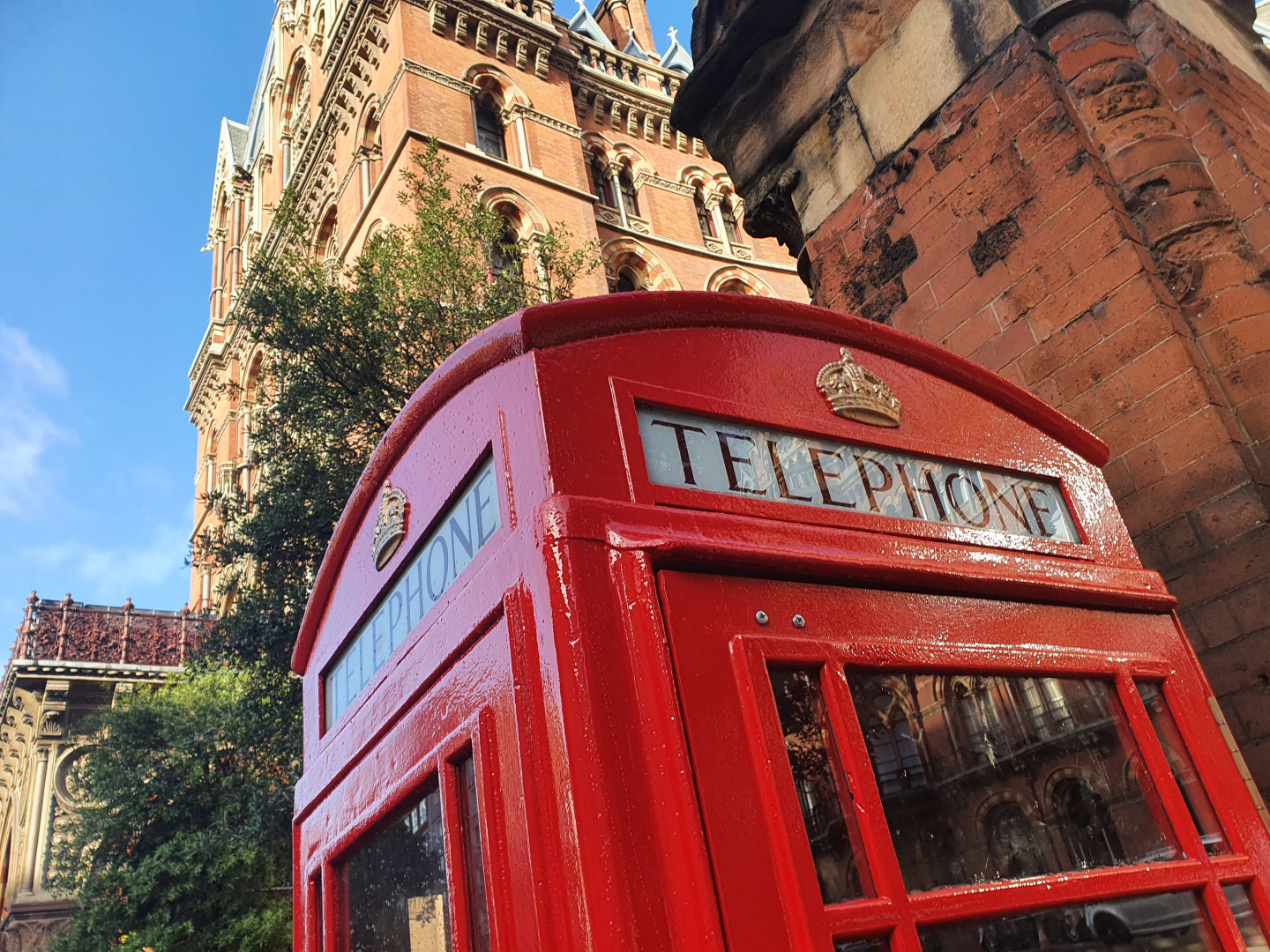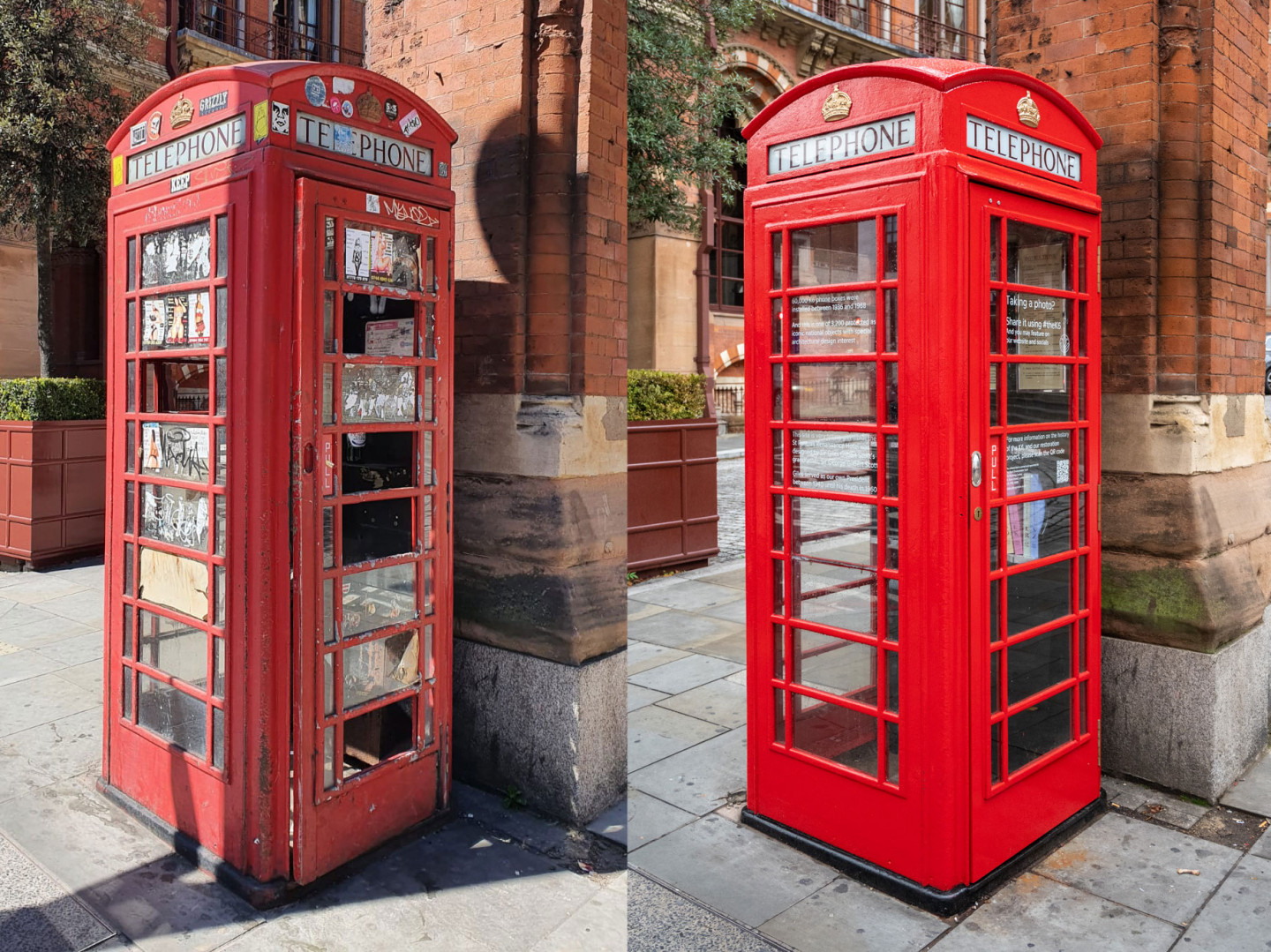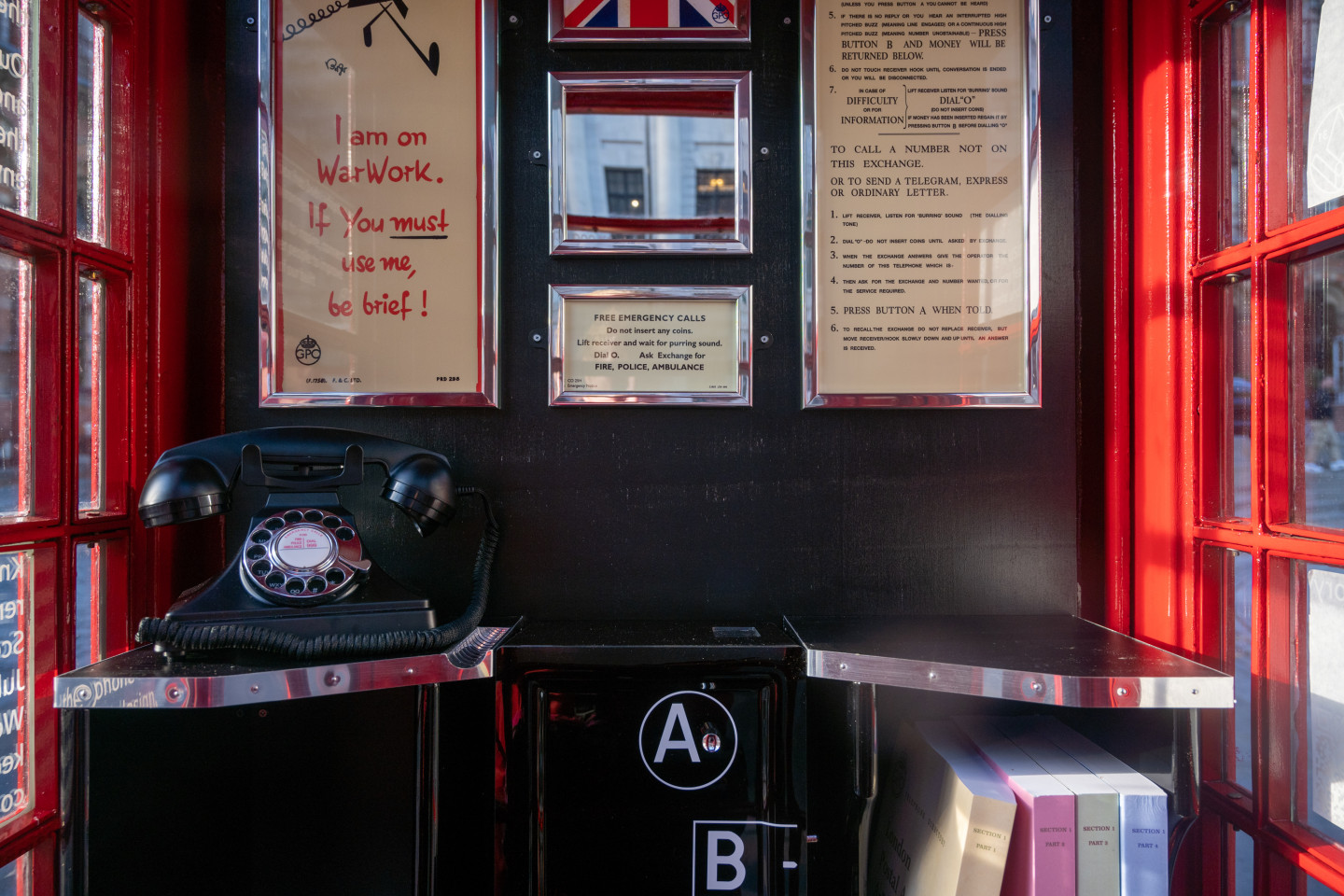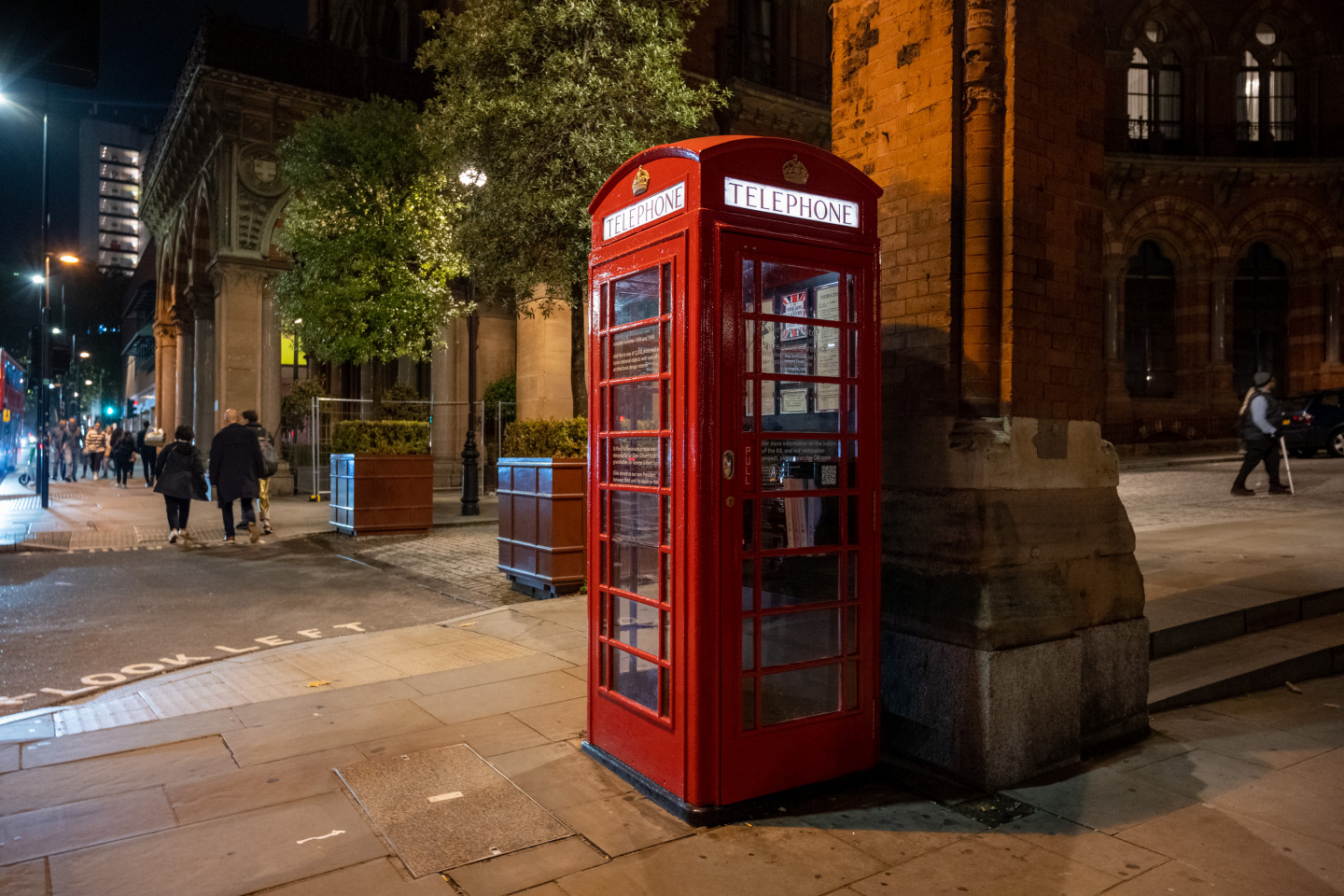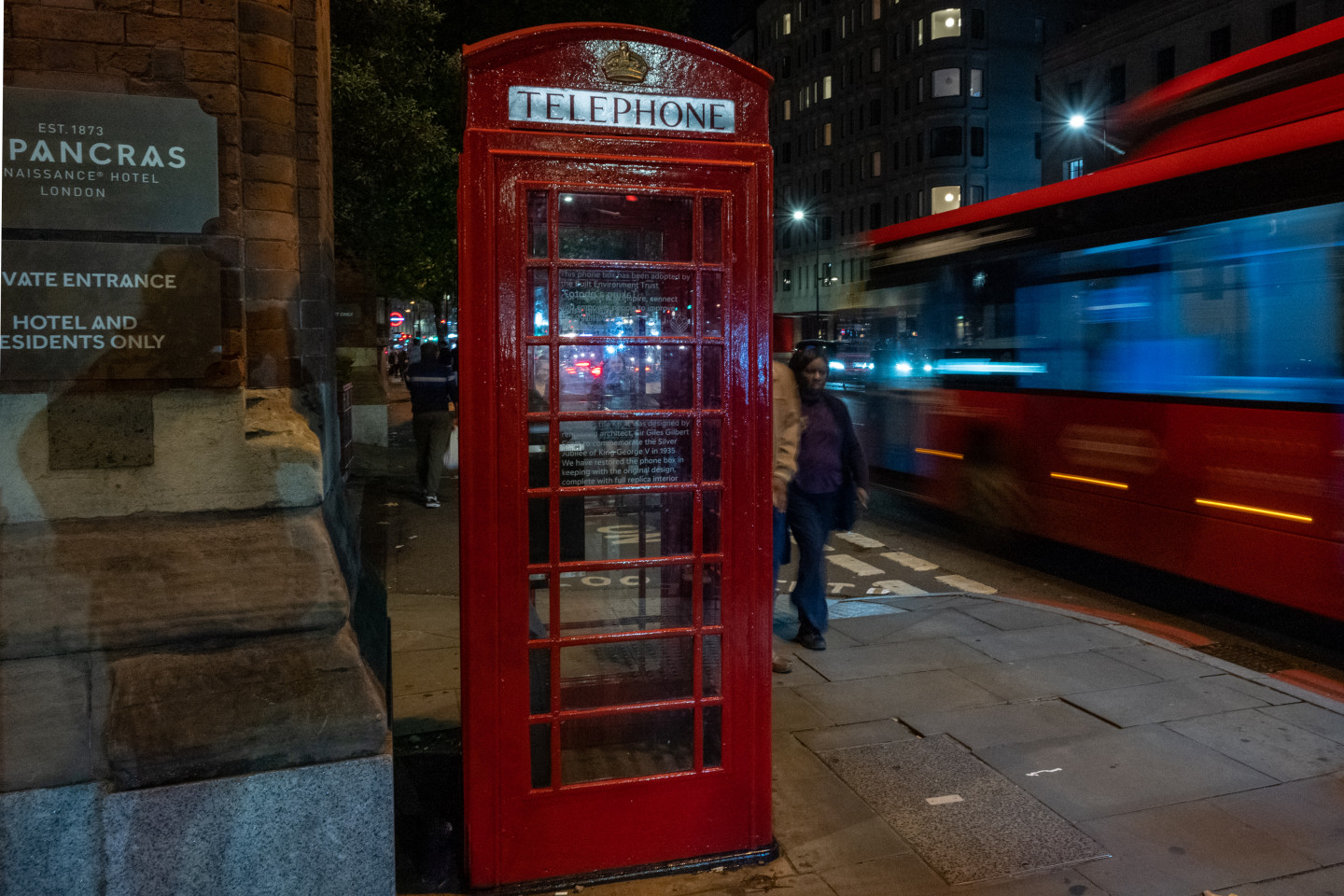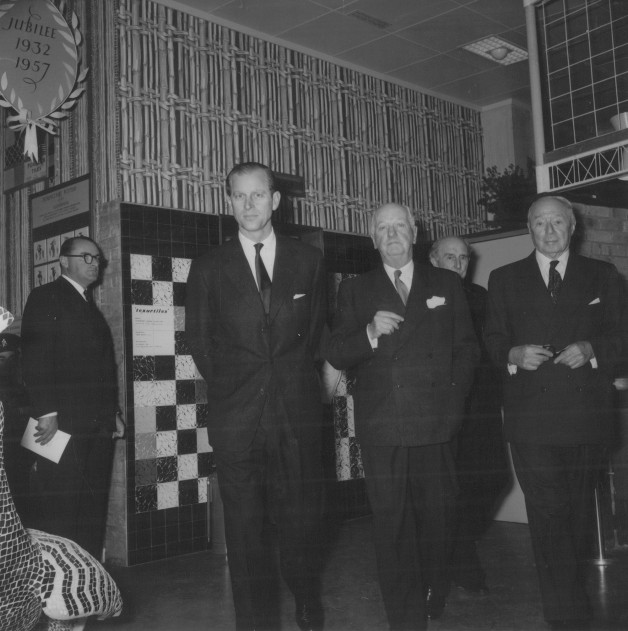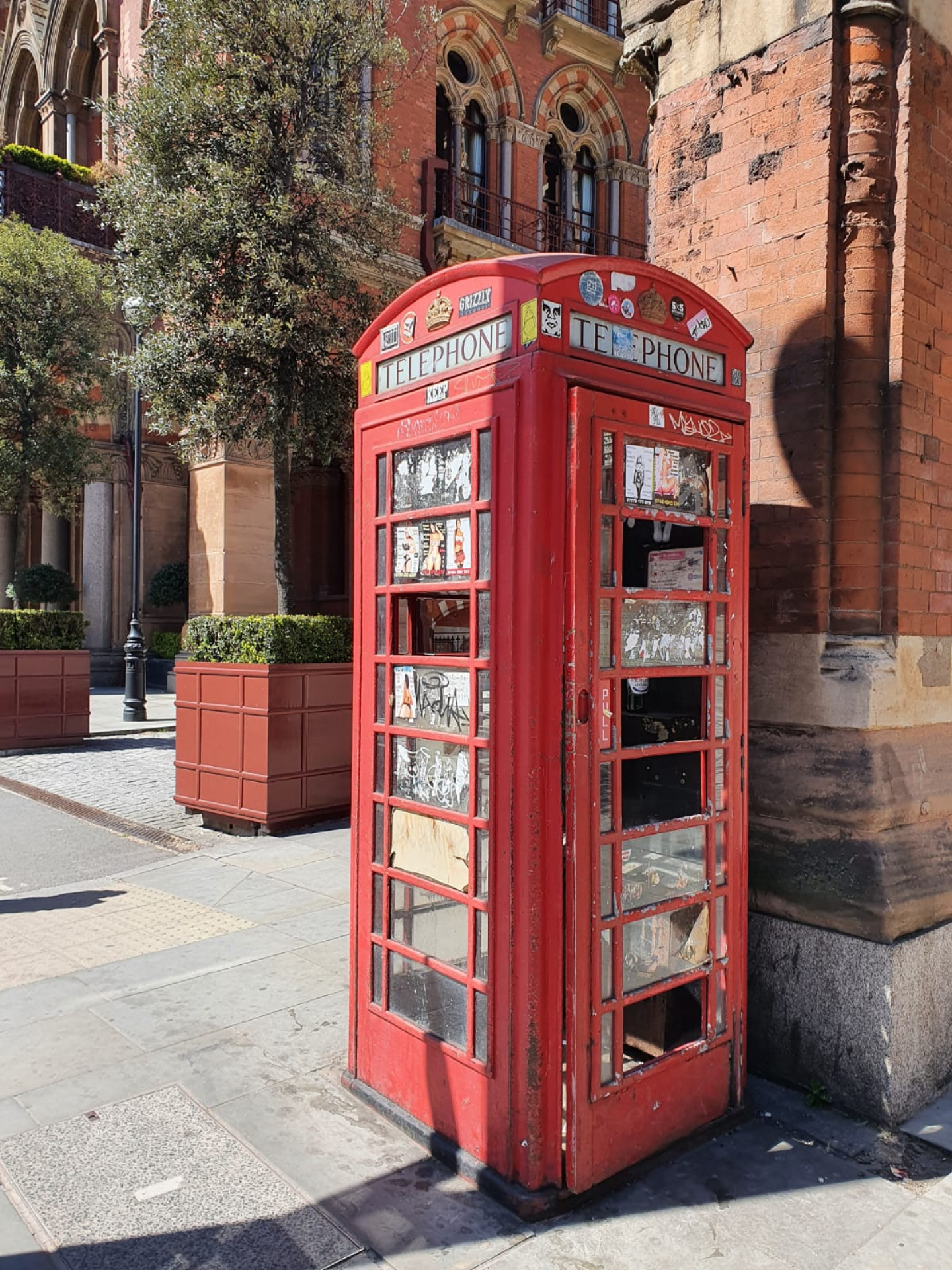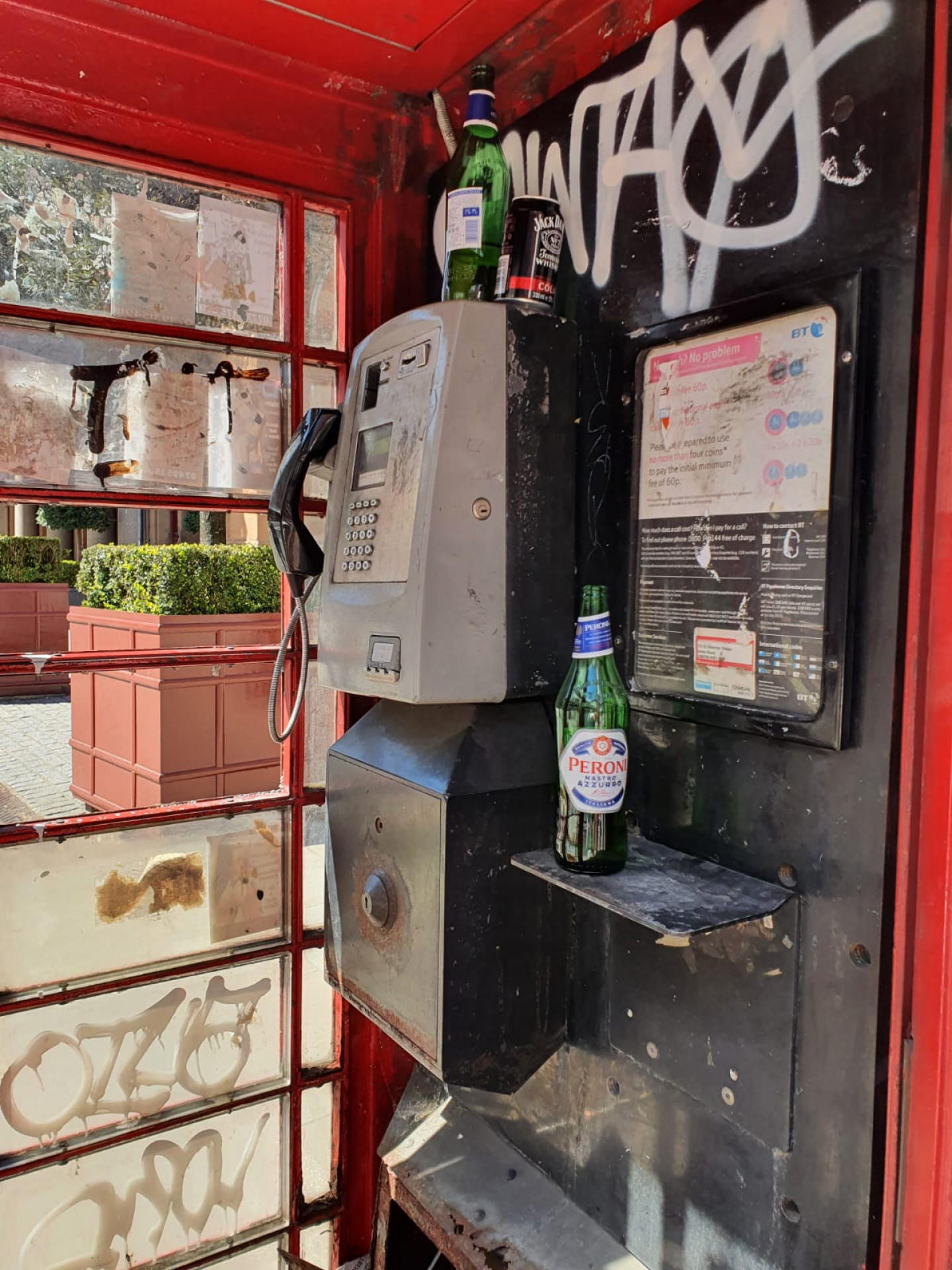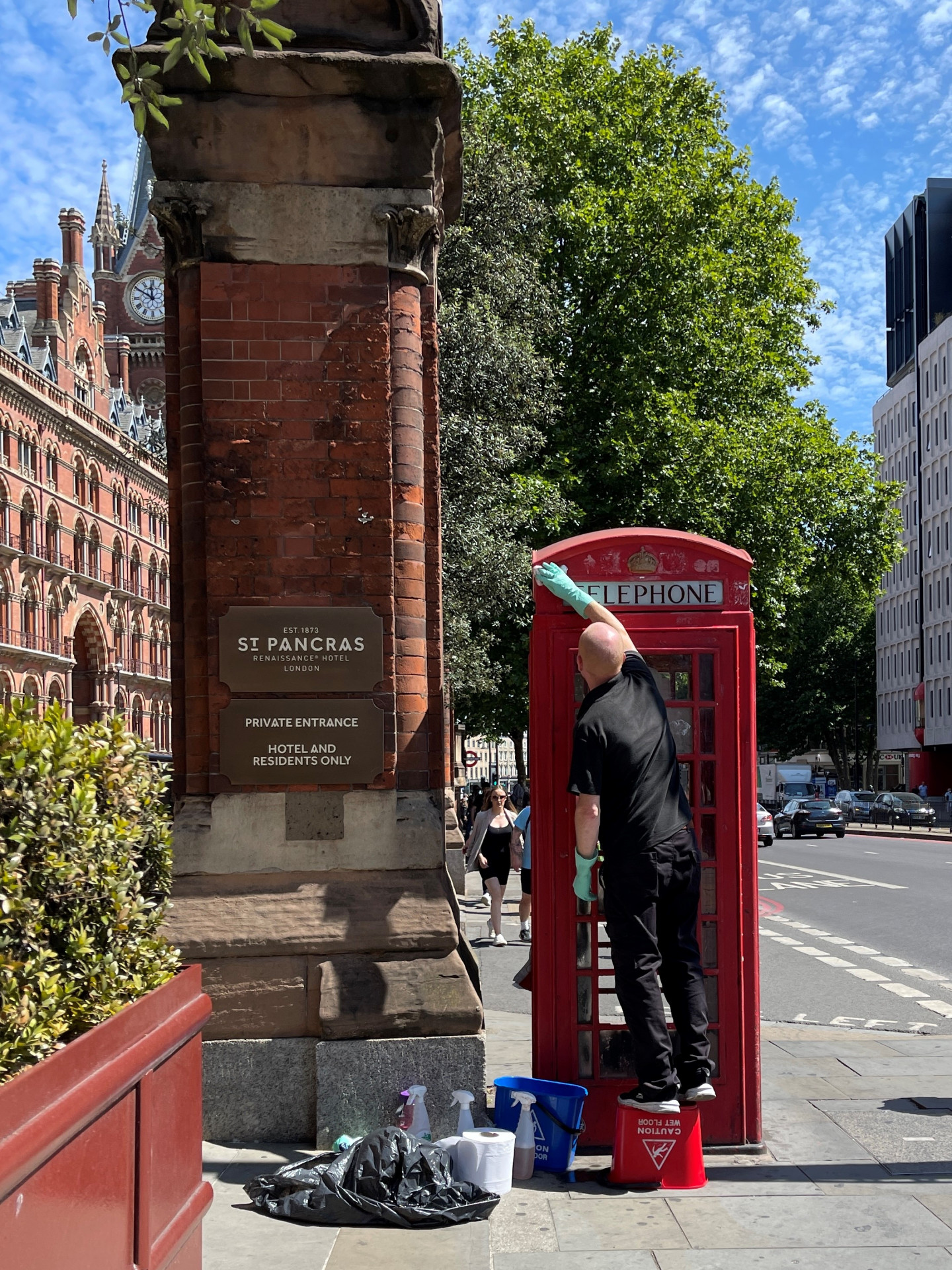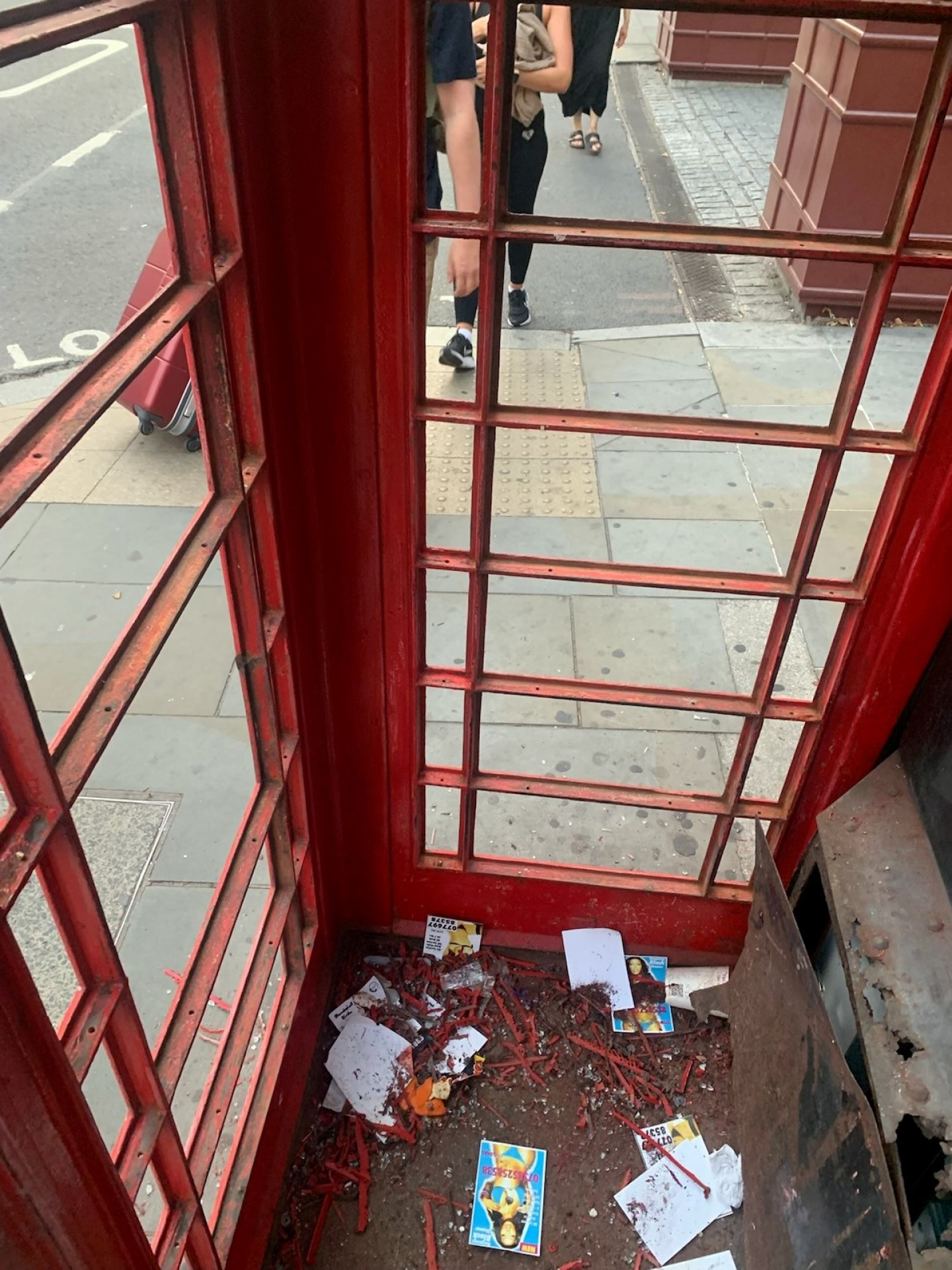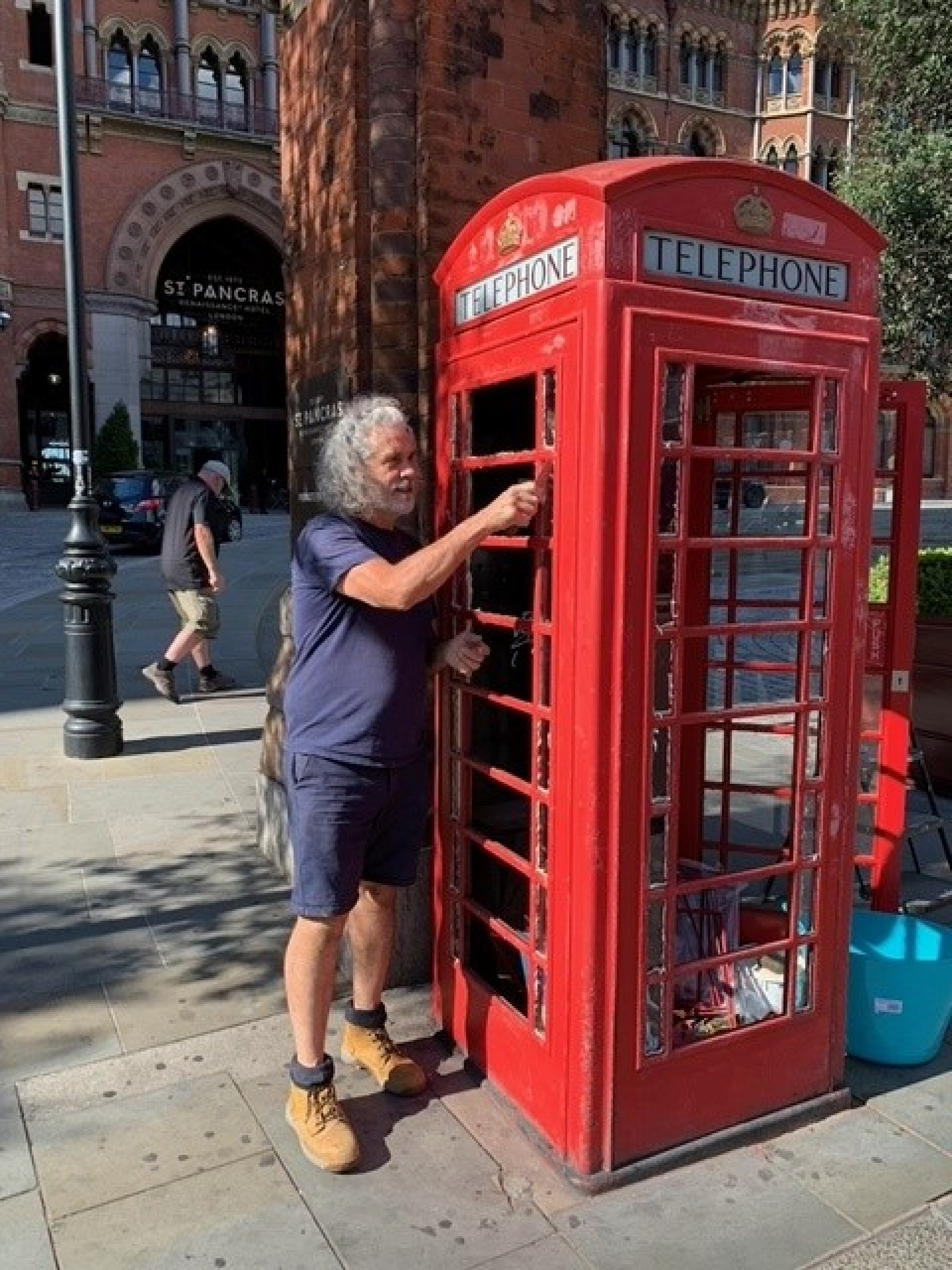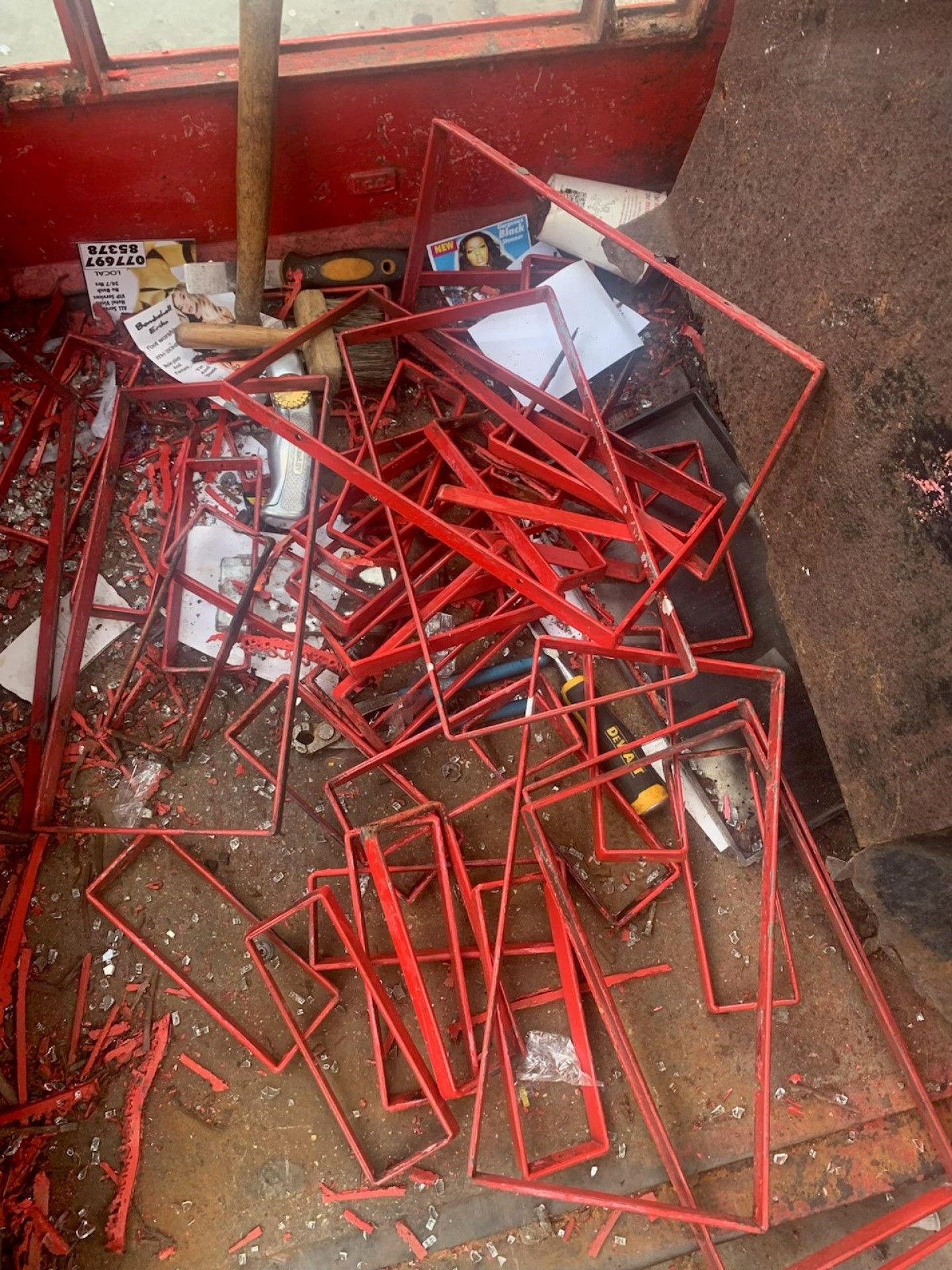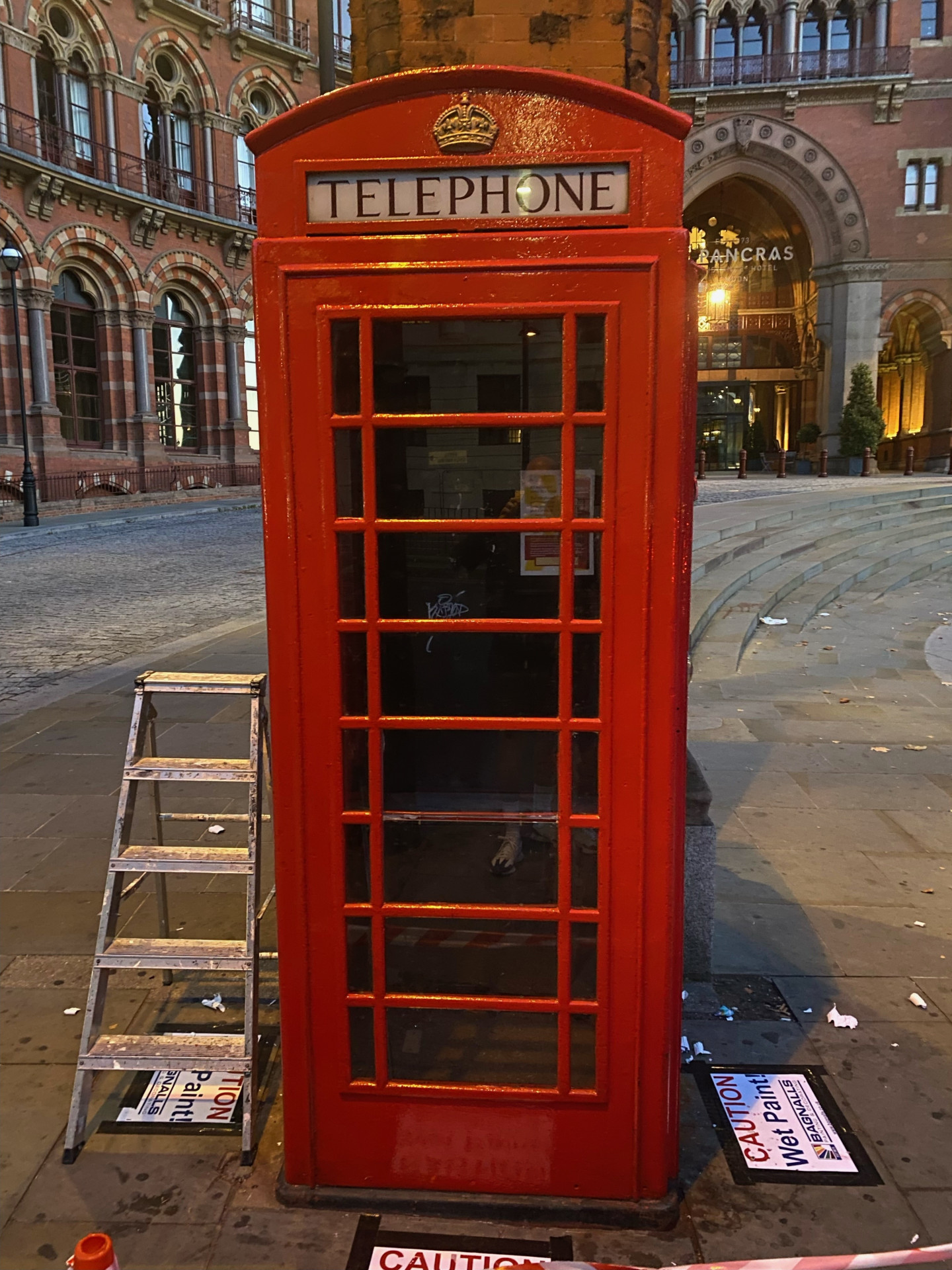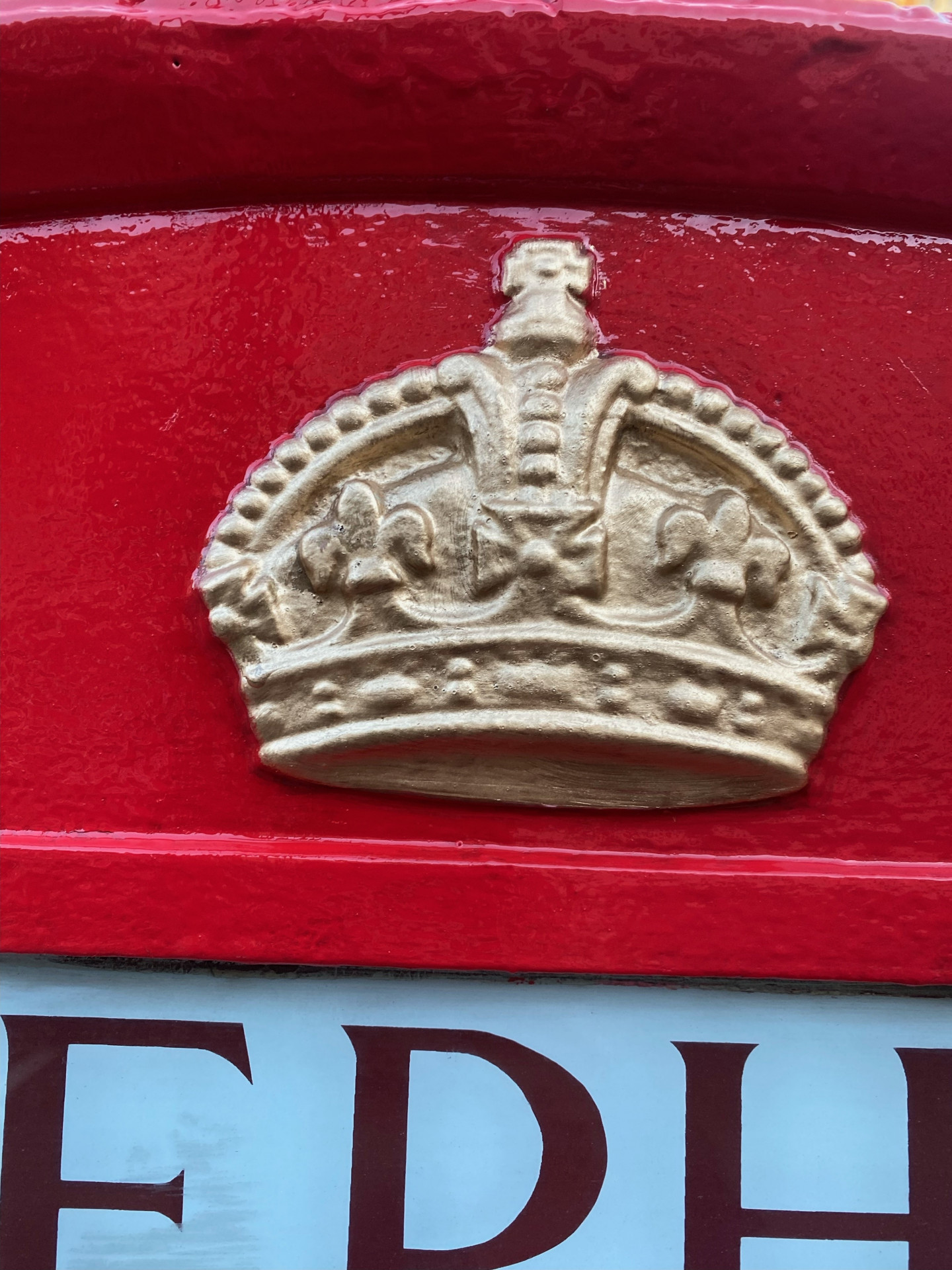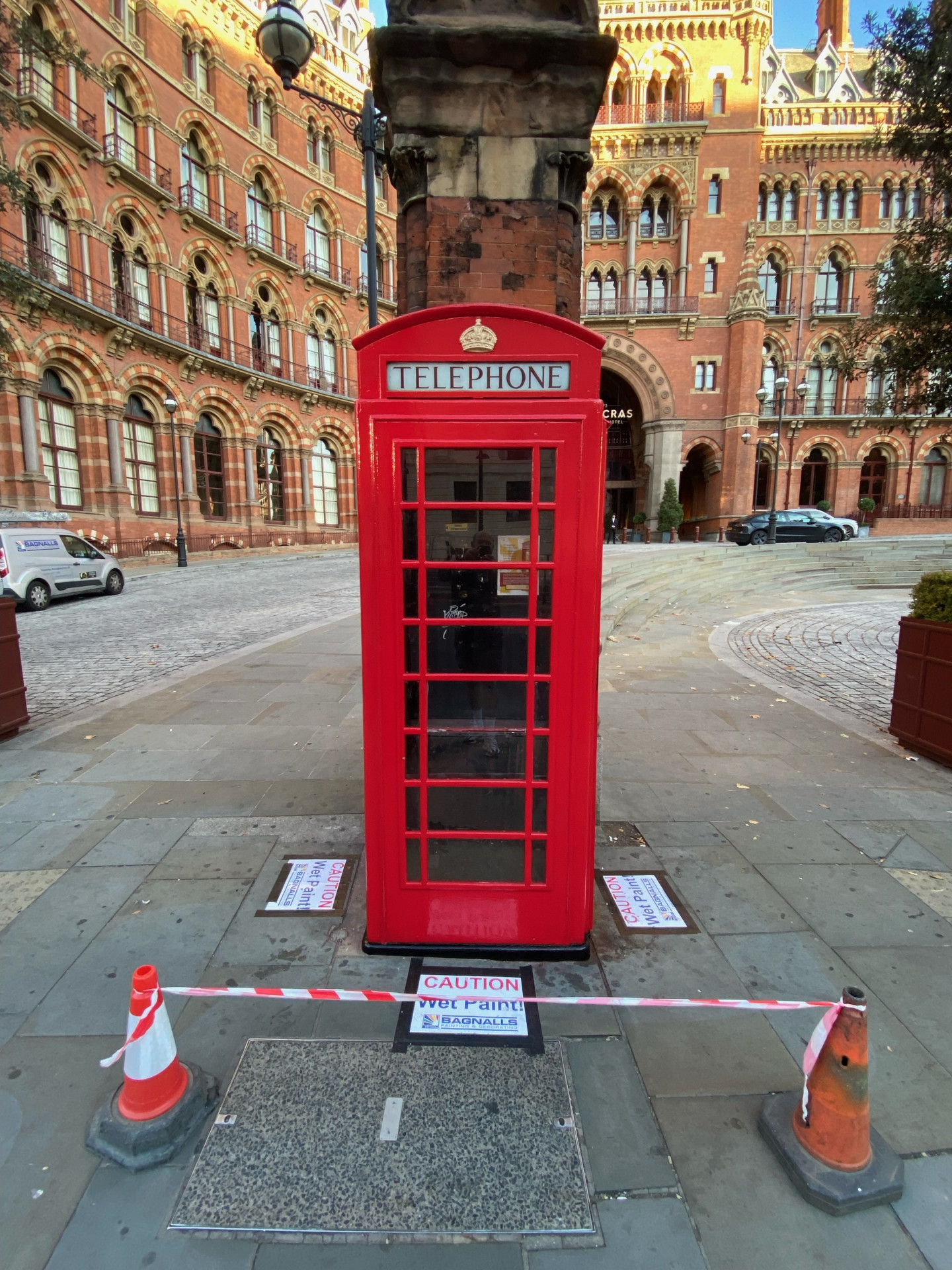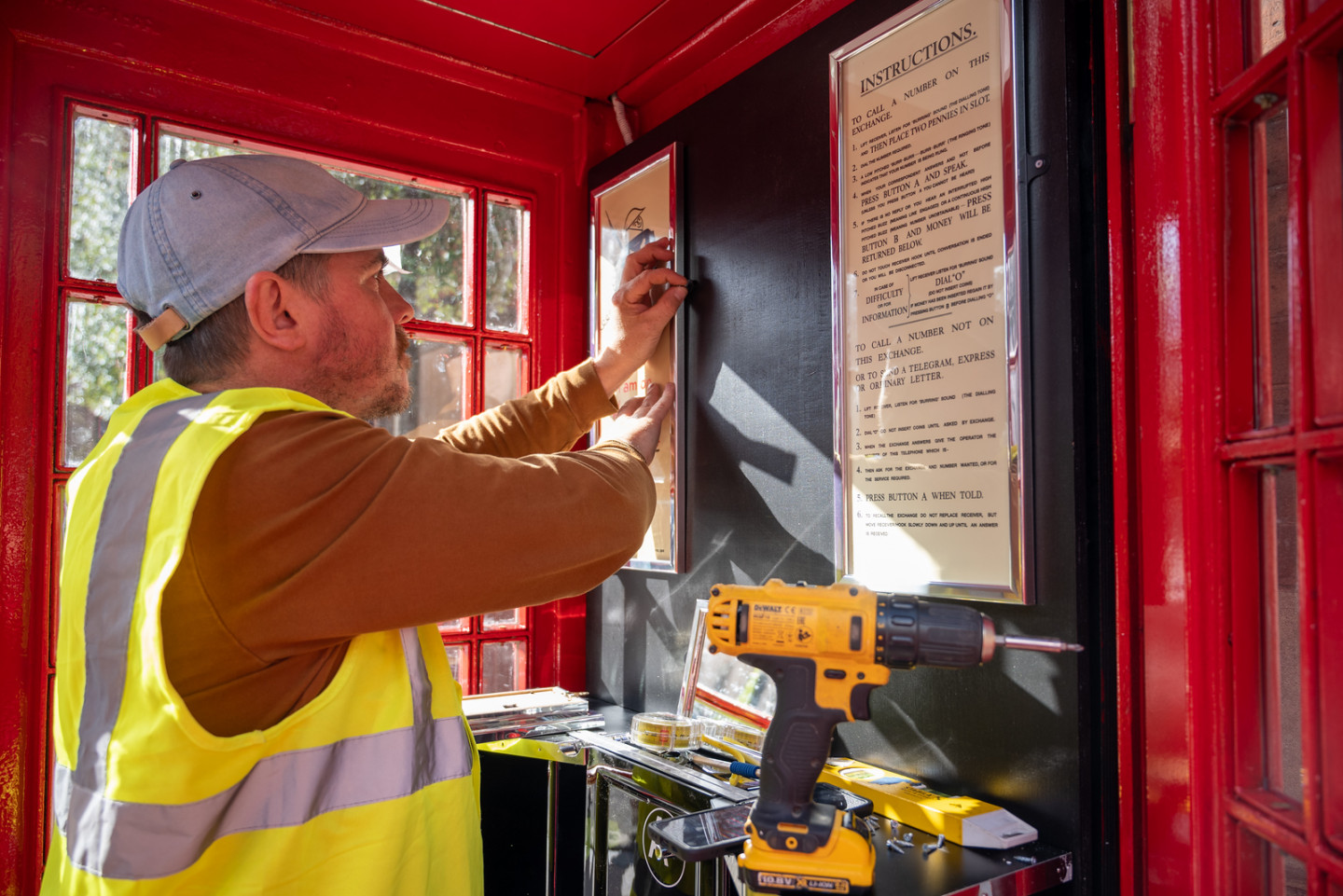We are delighted to have adopted the K6 phone box on Euston Road, London through BT's Adopt a Kiosk scheme. Once falling apart, covered in graffiti, and full of rubbish; it has been lovingly restored to its former glory.
The rescue and renovation of this K6 phone box was undertaken with the intention of returning the telephone box to the way it would have been when it was designed for King George V’s Silver Jubilee in 1935, going into production in 1936.
Fittingly the creator of the K6, Sir Giles Gilbert Scott, was very involved with the Building Centre being our first President from 1940 until his death in 1960.
Our adopted telephone box is situated outside the St Pancras Renaissance Hotel, which occupies much of the site that was the former Midland Hotel, designed by Giles Gilbert Scott’s grandfather, George Gilbert Scott.
The K6 telephone box is a true British icon, and we are proud that we have been able to ensure that, despite modern technology removing the need for public telephone boxes, it retains its place in the affections of people throughout our towns and villages, a symbol of the lasting qualities of good design.
As well as being completely refurbished externally, our first installation in our K6 is a complete replica interior - allowing passers-by to see what it would have looked like in its heyday.
Our restoration
K6 History
The K6 phone box, named as such because it was the sixth kiosk created, was commissioned by the General Post Office in 1935 to commemorate the Silver Jubilee of King George V and was designed by renowned architect Sir Giles Gilbert Scott.
Scott was one of three architects invited by the Royal Fine Arts Commission to submit designs for new telephone kiosks as part of a competition in 1924. The invitation came at the time Scott was made a trustee of Sir John Soane’s Museum. His design was in the classical style, topped with a dome reminiscent of the mausoleum Soane designed for himself in St Pancras Old Church yard in London. It was the chosen design and was put into production in cast iron as the GPO’s “K2”. The K3, K4, and K5 followed. The K2 was too large and too expensive; the K3 too brittle; the K4, which incorporated a post box and stamp vending machine, made too much noise and disturbed phone-users and the K5, which was designed to be dismantled and used for exhibitions, never entered production.
The K6 was introduced for King George V’s Silver Jubilee in 1935, addressing all the issues of the earlier models. 8,000 kiosks were installed as part of the 'Jubilee Concession', allowing towns and villages with a Post Office to apply for a kiosk. A year later under the 'Tercentenary Concession' celebrating the Post Office's 300th anniversary, a further 1,000 kiosks were installed over 12 years for local authorities paying a five year subscription of £4. In 1939 a more vandal-proof Mk II version was introduced. By 1960 some 60,000 examples existed, but the design was beginning to look old-fashioned.
It is the most widely known and recognisable phone box because it was the first to be extensively used outside of London. Thousands were deployed throughout the UK, replacing most of the existing earlier kiosks and establishing thousands of new sites. In 1935 there had been 19,000 public telephones in the UK: by 1940, thanks to the K6, there were 35,000.
Your photos
The K6 kiosks must be one of the most photographed objects in London, so we invite you to post your selfies with the hashtag #theK6 and you may feature on this very web page!
We are pleased to have worked with the following contractors on our restoration:
BRÖE Architecture Limited - Architects and planning consultants
Décor Facilities Management Ltd - Overall project management
Bagnalls & Sons - Decoration
Lockrite - Lock
A Electric Solutions - Electrical work
Alpha Glass - Glass and frame work
Techne Solutions - Commercial cleaning
Install Archive - Interior and graphics
History sources:
www.the-telephone-box.co.uk
https://en.wikipedia.org/wiki/Red_telephone_box
